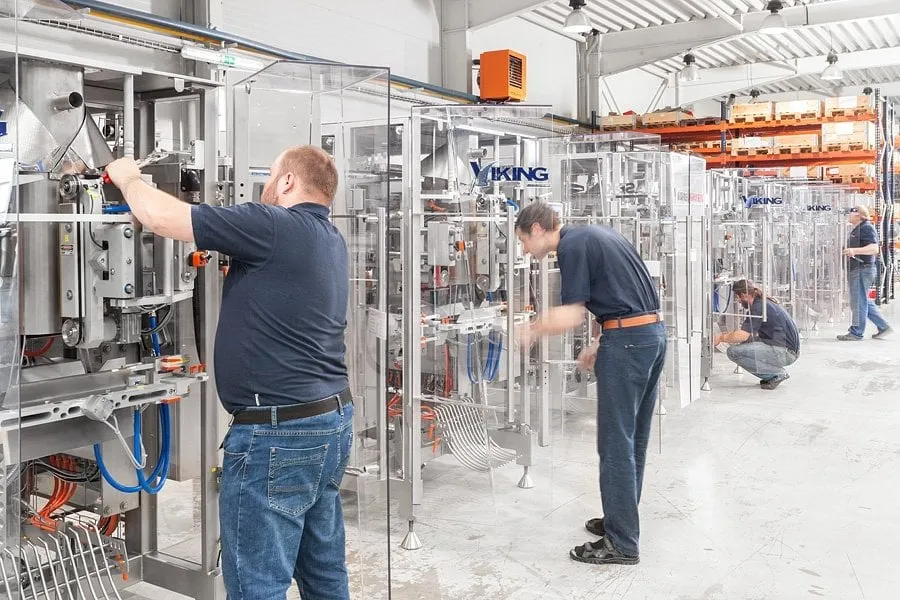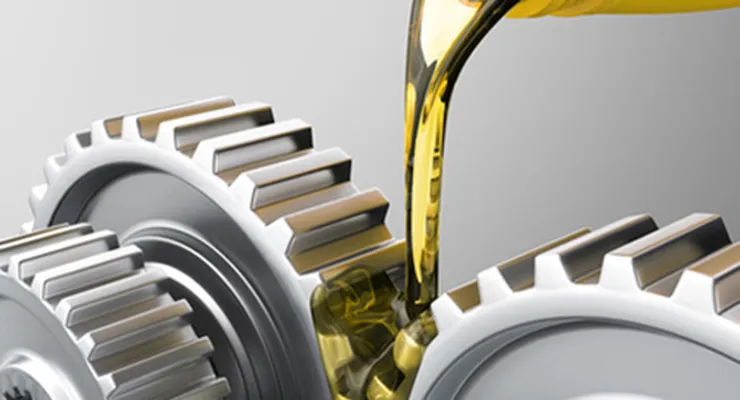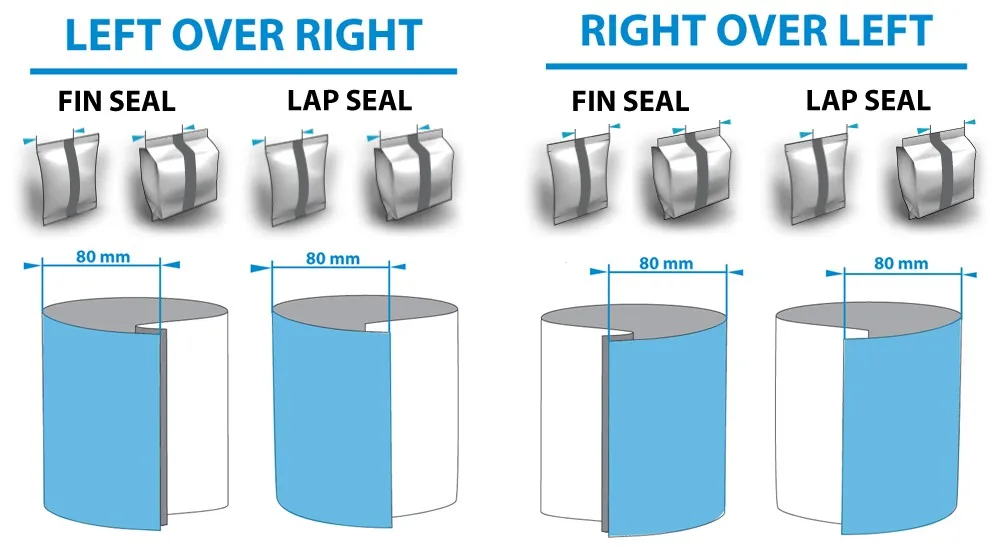
Maintenance Best Practices for Packaging Machinery
Packaging machinery represents a significant investment for manufacturing facilities, and proper maintenance is crucial for ensuring optimal performance, reducing downtime, and extending equipment lifespan. Implementing comprehensive maintenance strategies can mean the difference between profitable operations and costly production interruptions.
Preventive Maintenance Strategies
Preventive maintenance is the cornerstone of reliable packaging operations. This proactive approach involves regular inspections, cleaning, and component replacements before failures occur.
Scheduled Inspection Protocols
Establishing rigorous inspection schedules is essential for identifying potential issues before they escalate into major problems. Daily, weekly, monthly, and annual inspection checklists should be developed for each piece of equipment.

Recommended Maintenance Intervals
| Maintenance Activity | Frequency | Key Components to Check | Expected Duration |
|---|---|---|---|
| Daily Inspection | Every shift | Safety guards, lubrication levels, unusual noises | 15-30 minutes |
| Weekly Maintenance | Once per week | Drive belts, chains, electrical connections | 1-2 hours |
| Monthly Service | Every 4 weeks | Sealing elements, sensors, mechanical wear points | 4-8 hours |
| Quarterly Overhaul | Every 3 months | Complete system check, calibration, software updates | 1-2 days |
| Annual Shutdown | Yearly | Complete disassembly, replacement of worn parts | 3-5 days |
Lubrication Management
Proper lubrication is critical for reducing friction, preventing wear, and ensuring smooth operation of moving parts. Different components require specific lubricants and application frequencies.

Lubrication Best Practices
| Component Type | Recommended Lubricant | Application Frequency | Special Considerations |
|---|---|---|---|
| Linear Guides | Synthetic grease | Monthly | Clean surfaces before application |
| Chain Drives | Chain lubricant spray | Weekly | Apply while machine is running |
| Bearings | High-temperature bearing grease | Quarterly | Do not over-lubricate |
| Gearboxes | Manufacturer-specified oil | As per manufacturer schedule | Check for leaks regularly |
Component Wear Monitoring
Regular monitoring of critical components helps predict failures and schedule replacements during planned downtime rather than emergency shutdowns.
Critical Components to Monitor
Several components in packaging machinery are prone to wear and require regular inspection and replacement:
- Sealing jaws and elements
- Cutting blades and knives
- Conveyor belts and chains
- Electrical contacts and sensors
- Pneumatic cylinders and valves

Training and Documentation
Well-trained maintenance personnel and comprehensive documentation are essential for effective maintenance programs.
Maintenance Team Competency
Ensure maintenance staff receive regular training on:
| Training Area | Frequency | Training Method | Assessment |
|---|---|---|---|
| Safety Procedures | Annually | Classroom and practical | Written and practical test |
| Technical Updates | Bi-annually | Manufacturer training | Competency evaluation |
| Troubleshooting | Quarterly | Hands-on workshops | Scenario-based assessment |
Predictive Maintenance Technologies
Advanced technologies are revolutionizing maintenance practices by enabling early detection of potential failures.
Implementation of Condition Monitoring
Modern packaging facilities are increasingly adopting predictive maintenance technologies:

- Vibration analysis for rotating components
- Thermal imaging for electrical systems
- Ultrasonic testing for leak detection
- Oil analysis for gearboxes and hydraulic systems
Spare Parts Management
Effective spare parts inventory management ensures critical components are available when needed without excessive capital tied up in inventory.
Critical Spare Parts Inventory
| Part Category | Recommended Stock Level | Storage Conditions | Shelf Life |
|---|---|---|---|
| Common Wear Parts | 2-4 weeks consumption | Clean, dry environment | Varies by material |
| Critical Components | Immediate replacement needs | Controlled temperature | As per manufacturer |
| Emergency Repairs | Minimum one set | Clearly labeled storage | Regularly inspected |
Continuous Improvement Process
Maintenance practices should be regularly reviewed and improved based on performance data and technological advancements.

Implementing a robust maintenance program for packaging machinery requires commitment, proper planning, and continuous improvement. By following these best practices, manufacturers can significantly reduce downtime, improve product quality, and maximize return on equipment investment.
